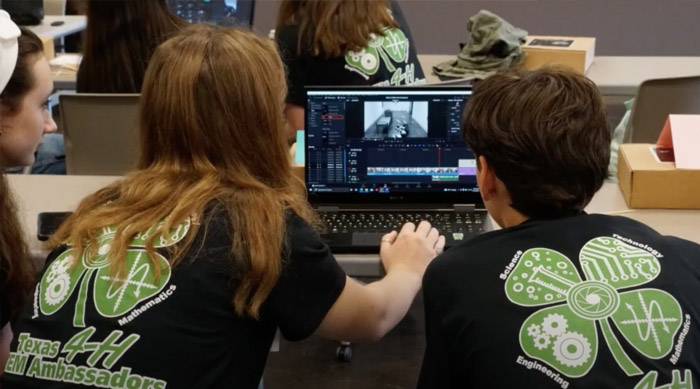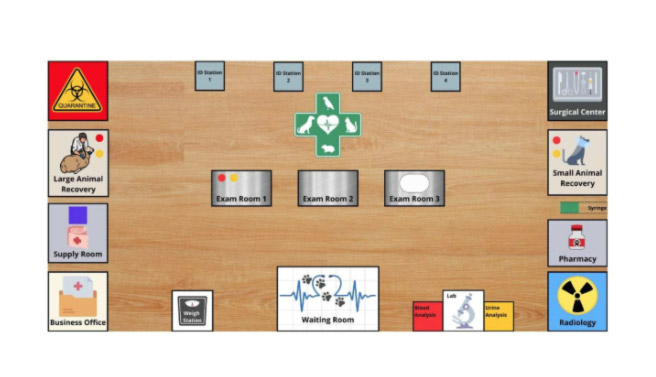In an exciting fusion of technology and healthcare, the Texas 4-H Robotics Challenge recently teamed up with veterinary medicine to create a one-of-a-kind experience for future biomedical engineers. This innovative collaboration brought together the bright minds of young robotics enthusiasts and the experienced hands of veterinary professionals, showcasing the diverse applications of technology in animal care.
The Texas 4-H Robotics Challenge is a renowned platform that allows young people to explore the world of robotics through competitions and hands-on projects. Participants design and build robots to complete specific tasks, fostering creativity, critical thinking, and teamwork skills. This year, the challenge took on a fresh perspective by incorporating a veterinary twist, challenging participants to develop robots that could assist in a veterinary clinic setting.

The mashup with veterinary medicine not only added a new dimension to the competition but also highlighted the importance of integrating technology into various industries. Participants were tasked with designing robots that could aid veterinarians in tasks such as administering medications, transporting animals, or cleaning the clinic. This pushed the boundaries of their technical skills and imagination, as they had to consider the unique requirements of working with animals in a clinical setting.
On the challenge day, the air was excited as the teams unleashed their creations, maneuvering them through simulated scenarios and demonstrating their capabilities to the audience. From navigating obstacles, such as animal droppings, to performing delicate procedures, the robots showcased a remarkable range of functionalities, impressing both the judges and onlookers.

As the day drew to a close, the Texas 4-H Robotics Challenge left a lasting impression on all those involved. Participants walked away with a newfound appreciation for the impact of their technological skills beyond traditional robotics applications, while veterinarians gained insights into the possibilities that innovative solutions could bring to their field. This unique collaboration not only showcased the power of creativity and collaboration but also underscored the importance of embracing technological advancements in diverse industries.
In conclusion, the Texas 4-H Robotics Challenge in a veterinary clinic exemplifies the transformative potential of interdisciplinary collaborations. By bringing together the realms of robotics and veterinary medicine, this event sparked innovation, inspired curiosity, and fostered a sense of camaraderie among participants and professionals alike. It stands as a testament to the limitless possibilities that emerge when different worlds converge, laying the groundwork for future breakthroughs at the intersection of technology and healthcare.